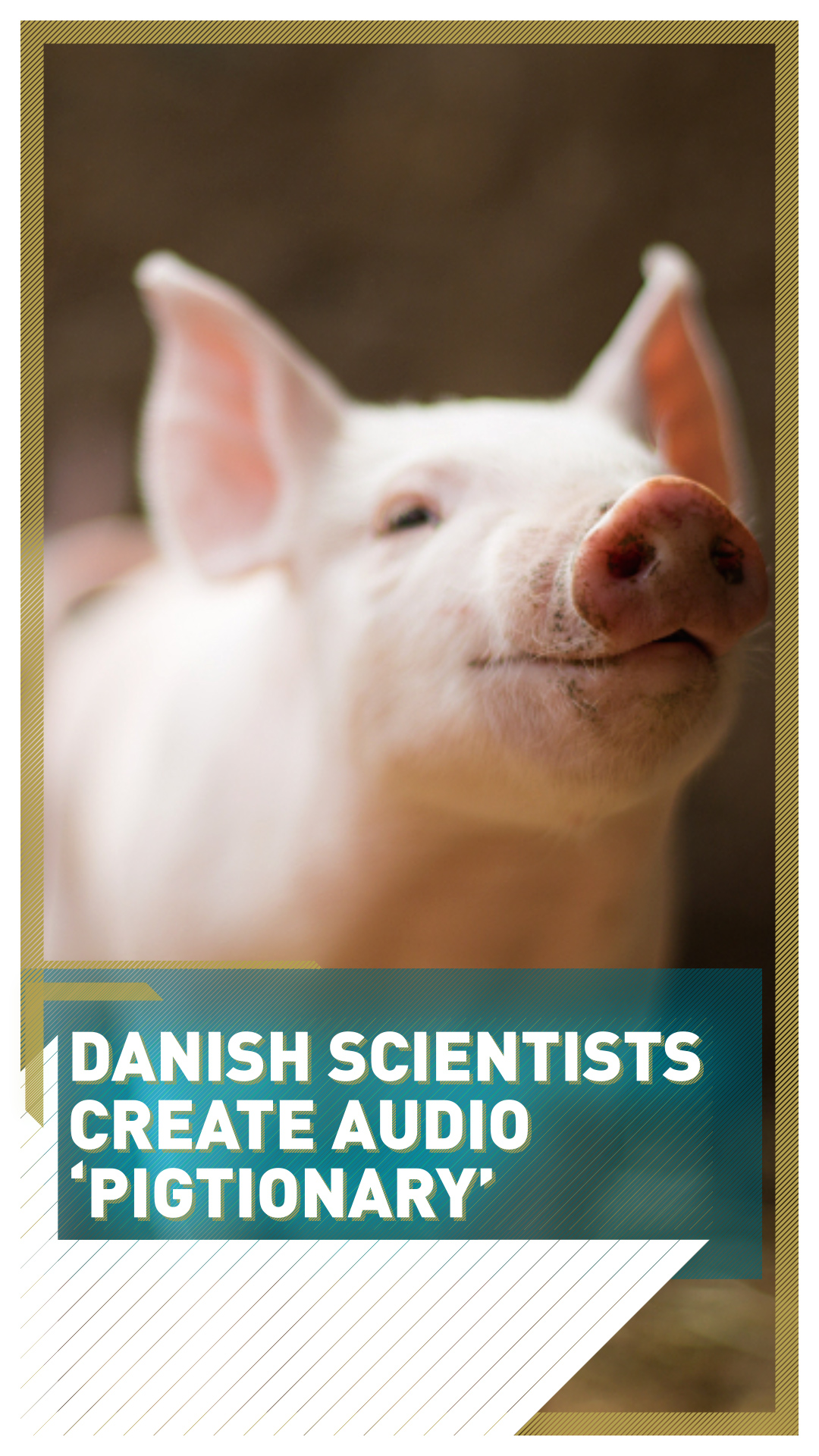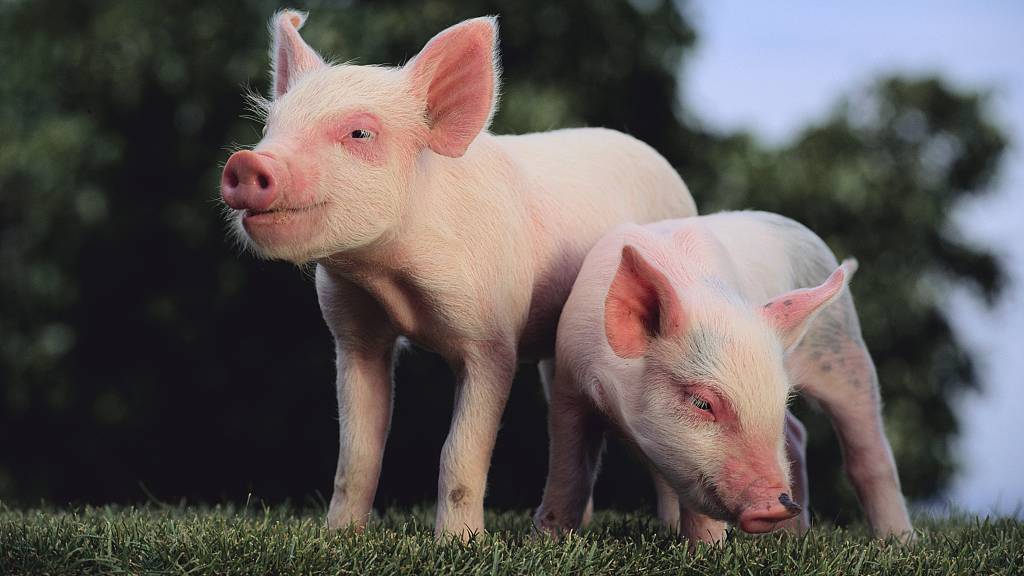01:17

Scientists have decoded pigs' emotions in a Europe-wide research project analysing the squeals and grunts of more than 400 porkers.
Seven thousand audio recordings were gathered throughout the swines' lives, from birth to death. These involved high stress situations, such as during castration or inside slaughterhouses, and relaxing stimuli, such as playtime or suckling.
Researchers, led by University of Copenhagen Associate Professor Elodie Briefer, have designed an algorithm that can decode a porker's emotions.
They hope this could be developed into a future audio tool allowing farmers to monitor their livestock's feelings and reduce their stress.

The scientists' algorithm could one day help farmers check if their pigs are happy. /VCG
The scientists' algorithm could one day help farmers check if their pigs are happy. /VCG
Briefer told CGTN Europe: "We had an idea from our previous research on pig vocalisations how their calls change within a certain age and different contexts. We gathered existing recordings and collected new ones to ensure we had the whole scale of context that pigs can encounter. We made more than 20,000 recordings and selected the best quality ones, more than 7,400 calls from over 400 pigs."
READ MORE
A urinal for women
Shackleton's ship discovered on sea floor
Mother describes escape from Ukraine
She added: "We recorded calls during the daily situations pigs encounter - when they are reunited with their mother or being crushed by the mother, which happens quite often, or when piglets are fighting for their mother's teat. We recorded them before and after nursing."
Pigs were exposed to "deep conditioning" before being recorded. "We conditioned the pigs to be repeatedly exposed to an arena with some toys and also to a barren arena where there was nothing. We exposed them to a range of situations across a day and recorded them with a microphone. This added context to the database."
Researchers examined the recordings alongside typical signs of negative emotions shown by pigs, including standing still and trying to escape. Conversely, when experiencing positive stimuli, pigs tend to explore their surroundings with their ears pointed forward.
"We already knew pigs produce more high frequency calls like screams and squeals in negative situations," said Briefer. "So we measured calls in terms of frequency and duration, amplitude modulation and ran our machine-learning algorithm based on an actual comparison of pitches."
The researchers say the algorithm achieved 92 percent accuracy.
"The next step is to build a tool that records a group of pigs, not identifying each pig, which is difficult, but categorizing the calls of a group of pigs, to warn the farmer when there are too many negative calls."
Sixteen researchers from Denmark, Switzerland, France, Germany, Norway and the Czech Republic participated in the study, published in the journal Scientific Reports.
Researchers hope similar research on different farm animals will follow, and invite others to piggyback on their findings.

